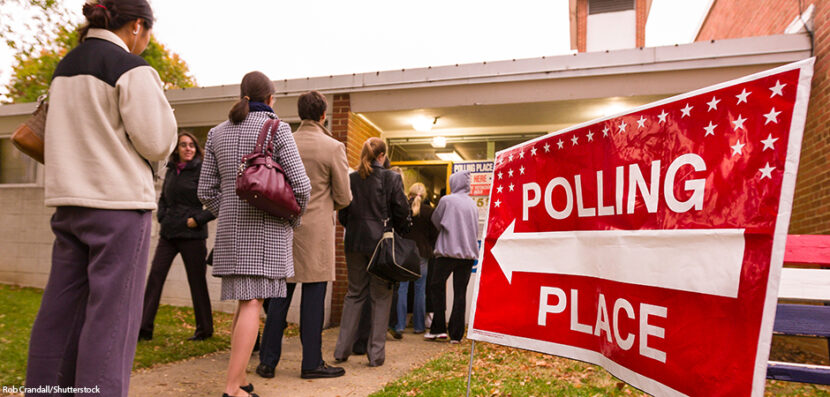Mixed Election Outcomes in Wisconsin and Florida
On Tuesday, April 1, 2025, Election Days occurred in Florida and Wisconsin. With nationwide midterm elections coming up in 2026, political analysts watch special elections to try to determine voting trends and make predictions for how the midterms might go. But both of last week’s elections produced results that make it difficult to draw solid conclusions for the future. Here, Election Central takes a closer look.
Wisconsin
Wisconsin is considered a “swing” state, meaning that it can lean either way politically. In recent presidential elections, for example, the state went for Trump in 2016, Biden in 2020, and Trump again in 2024. Currently, control of the state is divided between a Democratic governor and a majority Republican state legislature. The State Supreme Court is also divided between 4 liberal judges and 3 conservative judges. Last week’s election was for a seat on the State Supreme Court. Democrat Susan Crawford and Republican Brad Schimel were competing. The election result would determine control of the state’s judicial branch.
The special election was the most expensive judicial race in history. In fact, it made national headlines when Elon Musk contributed about $20 million to Schimel’s campaign. Musk also appeared at a rally in Green Bay just 36 hours before the election. He brought with him two checks for $1 million and said that he would hand them out to two people in Wisconsin who had already voted. But Wisconsin law forbids paying or bribing voters. Musk then said that the $1 million checks would go to two people who had signed a petition against activist judges.
When the votes were counted Tuesday night, Democrat Crawford defeated Republican Schimel for the ten-year state Supreme Court term. This ensures that Democrats will maintain control of the Wisconsin Supreme Court. Musk has committed to spending $100 million to support Republican candidates in Wisconsin’s midterm elections. But Schimel’s loss in Wisconsin raises questions about whether Musk’s strategies are effective with Republican voters and if his actions only helped motivate Democratic Party voters instead.
It wasn’t all bad news for Wisconsin Republicans during this election. A Republican-backed amendment to the Wisconsin constitution passed with nearly 63 percent of the vote. The new amendment says that Wisconsin voters must present a photo ID when voting. This requirement has been the law in Wisconsin since 2011 but making it part of the state constitution makes it harder for opponents to challenge it in the future.
Florida
Florida has a consistent modern history of supporting the Republican Party. Trump has a residency in Florida, and many of his Cabinet members are Floridians. President’s Trump’s Chief of Staff, Susie Wiles, political advisor James Blair, National Security Advisor Michael Waltz, Secretary of State Marco Rubio, and Attorney General Pam Bondi are all Florida residents.
The two Florida House of Representative seats on the ballot in last week’s special election were in strongly red districts and were both won by Republicans. But what was surprising was how successful the Democratic candidates were in these races, and how much money they raised. Both Democratic candidates cut the Republican lead in half from what it was in last November’s presidential election. In the 6th District election, which Trump won by more than thirty percentage points last November, Republican Randy Fine won by fewer than 14 percent. Democrats also raised more than ten times as much money as Republicans in that race.
This win is an important victory for Republicans because it gives them a wider majority in the Florida legislature. However, the fact that Democrats made significant gains in these districts suggests that Democrats are making gains in some traditionally “red” areas.



